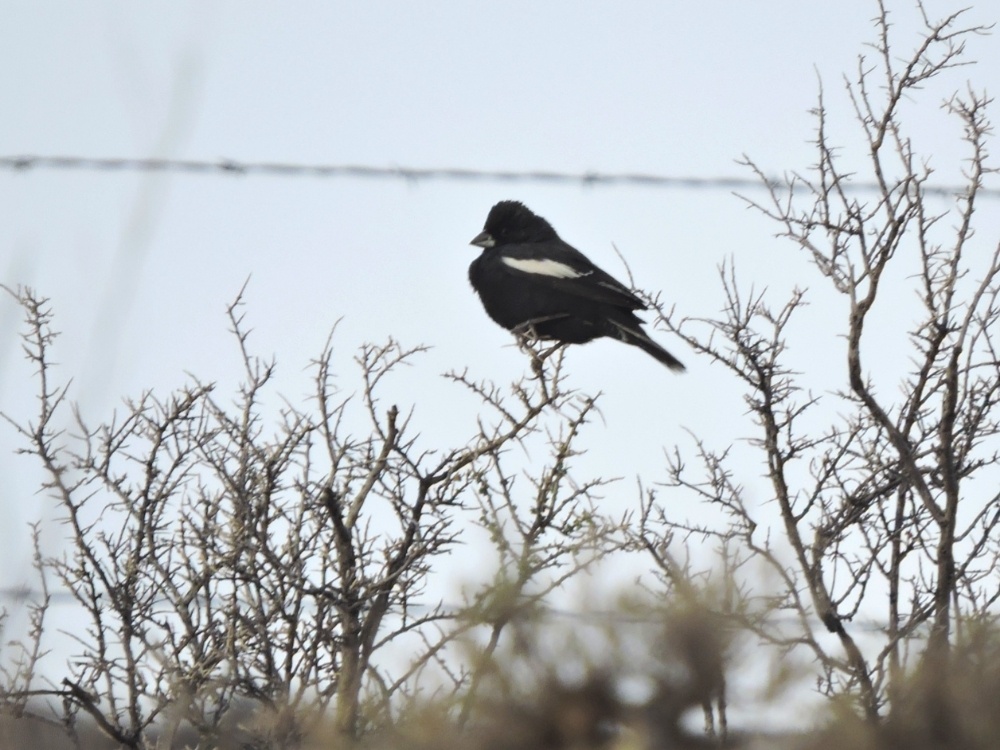O
f course, in this post I am not referring to the specific first bird
I have seen since the World2 Tour began. As I mentioned in the Introduction for this section, I am primarily interested in finding birds that as new to me, the always-sought-after Life Birds. That doesn’t mean that I ignore all the other birds I see along the way, but rather that I will simply enjoy and appreciate them without working too hard to record their presence. It is tempting to wish for something special to be the inaugural bird of a grand tour such as this. Perhaps something rare or unusual, or a multi-colored exhibitionist, or maybe a strong and powerful raptor, would fit the bill. In any case, I knew it would take some time for me to find something new, so I really had no guess as to what it would turn out to be.
In Oregon, the birds were out in force. However, even though the numbers were high, the familiarity of the species present was as expected. I was certainly impressed with the numbers of Wild Turkey that were moving about the countryside, getting themselves involved in the usual matters of spring. I had also learned from eBird that one or two really nice birds could potentially be seen around the riverfront in downtown Sacramento, California. So, since I had a few hours available there while waiting for my second train, I took a walk to see what I could find. Unsurprisingly, nothing of interest presented itself.
Upon my arrival in Colorado, I knew that the potential for seeing some new species would be significantly higher. However, my first impressions of the area along my route was that it was not very birdy at all. There were plenty of Ravens and European Starlings, but not much more than that at first. Eventually, I did come across some interesting species; Pinyon Jays, Horned Larks, and Mountain Bluebirds, for example. None of those could claim the prize for the first bird of the Tour, however, since I had the pleasure of seeing them on earlier occasions.
Then, on the morning of the third day of that section, under a somber gray sky with increasing winds, it happened. After many hours of being teased by small birds flitting around stealthily in the brush along the roadways, one finally posed just long enough for me to make an accurate observation and grab a quick photo. It was a Lark Bunting!

Not too far away, I also observed a Cassin’s Sparrow, though in that case the identification was considerably more challenging.
Should I be disillusioned that this mere sparrow did not live up to the artificial goal of prestige I mentioned above? Absolutely not! Diversity brought about through evolution results in living forms that are close to perfect for their environments, and that should always be appreciated, even if those forms don’t always strike some human emotional response. Not to mention the fact that the Lark Bunting is the state bird of Colorado. Lark Bunting For the Win!